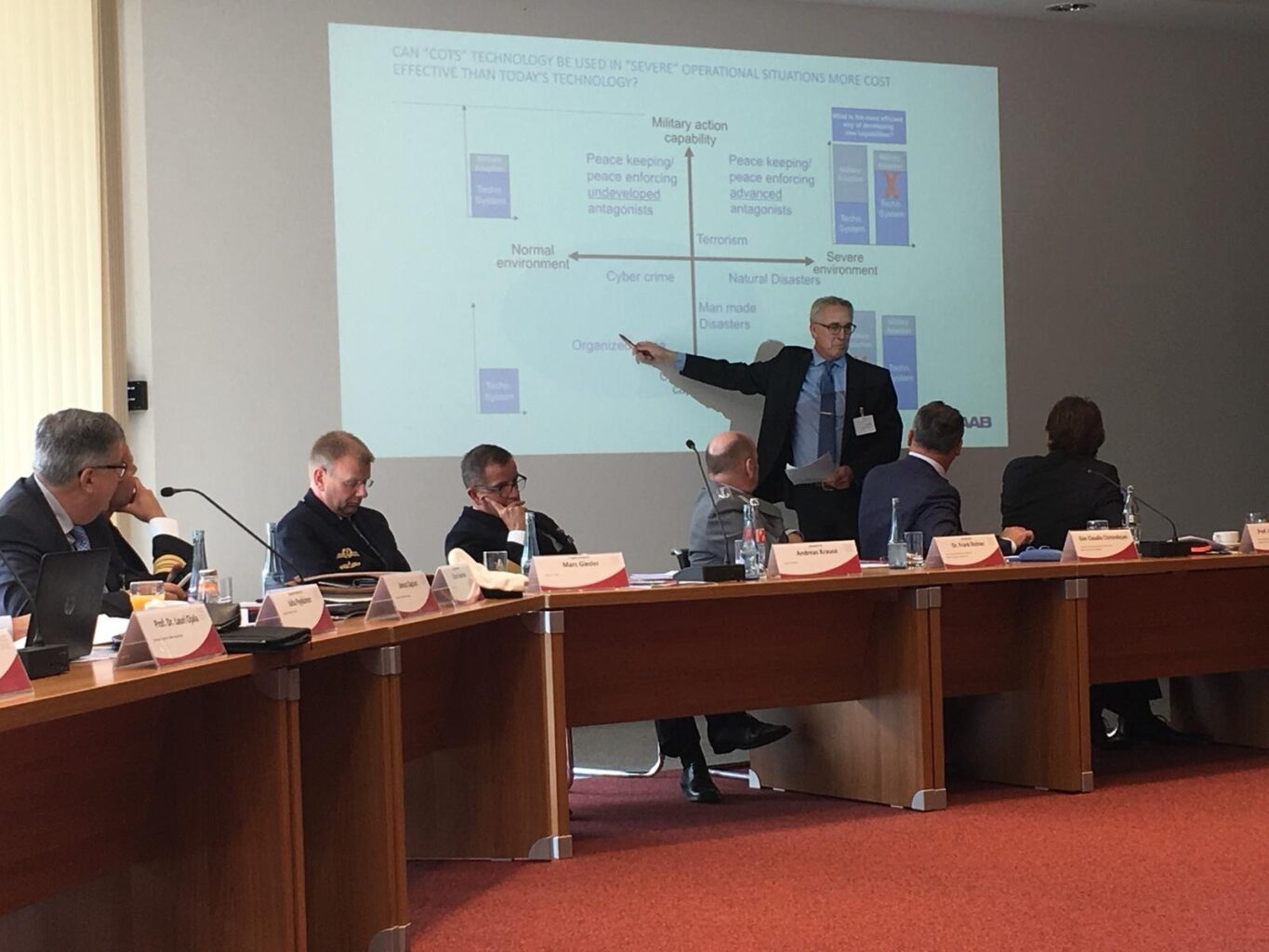Last week an International symposium on vulnerabilities and resilience in the maritime domain took place at the Helmut Schmidt University / University of the Federal Armed Forces Hamburg
Representatives of military, civilian and business organizations discussed the emerging threats in the new security environment. There was a clear message from the business side – the concept and discussions relating to hybrid threats are important and have practical link to existing and future security concerns.

Throughout the panels the recurring themes were connected to the cyber aspects and technological development hand in hand with organizational challenges. Security and prosperity are related: in order to maintain our current living standard, we need to invest into security; without security our current economic development will be under pressure. As 90% of the world trade is connected to maritime transport, any systemic disruption will be felt, if only by increased cost of insurance.
To advance the understanding of administrative and political decision making, international and interagency cooperation will be critical. The future role and focus of USA in the North Atlantic seems to be crucial from the military perspective, however plethora of EU and domestic activities can be described as low-hanging fruit where little effort could result in visible gains.
Symposium was co-chaired/co-organized by the European Centre for Countering Hybrid Threats (Helsinki) and the interdisciplinary Research Network “Maritime Security” (iFMS, lead by Prof. Dr. Gary S. Schaal) of the University of the Federal Armed Forces Hamburg. Within a research- and networking project concerning Maritime Security, the iFMS is directly tasked and supported by the German Ministry of Defense.
The detailed overview of the event will be published later this year, follow-up activities to this event are planned for the 2019.



